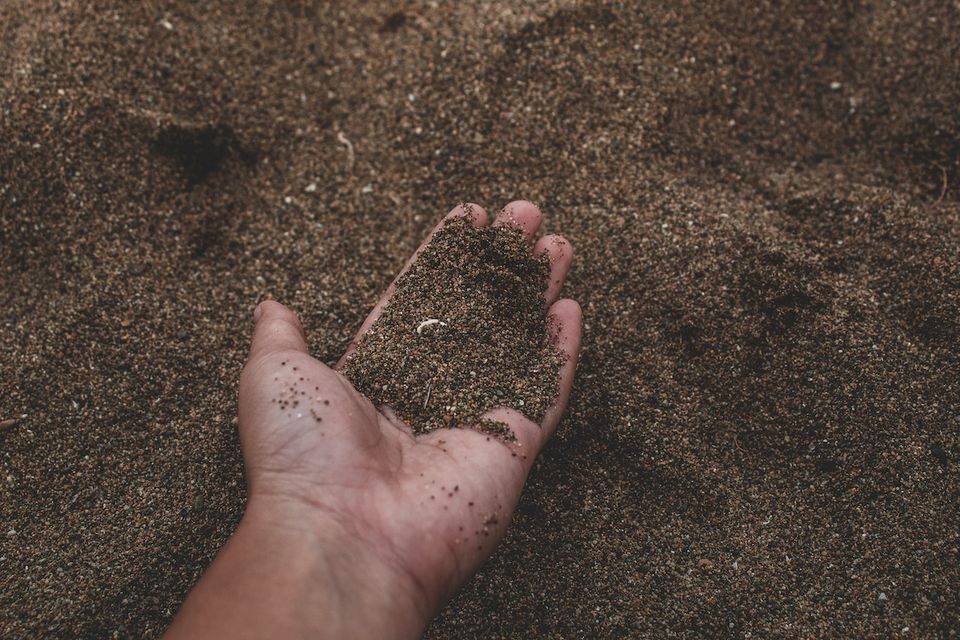Effective stabilization is an essential process that improves soil strength, ensuring that it can withstand heavy loads and prevent soil erosion. Soil stabilization is a critical step in construction and civil engineering projects, where the soil must support structures and infrastructure.
This article discusses how effective stabilization can improve soil strength and prevent soil erosion.
Understanding Soil StrengthSoil strength is the ability of the soil to support loads without excessive deformation or failure. The strength of soil depends on several factors, including the soil type, moisture content, and compaction.
Wet soils are weaker than dry soils, but soils with a high clay percentage tend to be more robust than sandy soils.
Factors Affecting Soil StrengthSeveral factors can affect the strength of soil, including the following:
1. Moisture Content: Soil strength decreases with increasing moisture content. Wet soil is weaker than dry soil.
2. Soil Type: Different soil types have different strengths. For instance, clay soils are stronger than sandy soils.
3. Compaction: Compaction increases soil strength by reducing voids between soil particles.
4. Consolidation: Consolidation increases soil strength by reducing the volume of soil particles.
Improving Soil Strength with Effective StabilizationEffective soil stabilization is the process of improving the strength of soil by adding stabilizing agents to it. Stabilizing agents can be inorganic or organic and can be added to the soil in various forms, including chemical additives, cement, lime, and fly ash.
Benefits of Soil StabilizationSoil stabilization offers several benefits, including the following:
1. Improved Soil Strength: Stabilizing agents increase the strength of soil, making it capable of supporting heavy loads.
2. Reduced Soil Erosion: Soil stabilization reduces soil erosion by improving the stability of soil particles.
3. Improved Durability: Soil stabilization improves the durability of soil, making it resistant to weathering and other environmental factors.
4. Cost-Effective: Soil stabilization is a cost-effective solution for improving the strength of soil compared to other construction methods.
Methods of Soil StabilizationThere are several methods of soil stabilization, including the following:
1. Chemical Soil Stabilization: This method involves adding chemicals such as polymers, bituminous materials, or lime to the soil to improve its strength.
2. Cement Stabilization: Cement stabilization involves mixing cement with soil to create a stable base for construction projects.
3. Lime Stabilization: Lime stabilization involves adding lime to the soil to increase its strength and reduce acidity.
4. Fly Ash Stabilization: Fly ash stabilization involves adding fly ash to the soil, making it harder and more resistant to erosion.
Importance of Maintaining Stabilized SoilMaintaining stabilized soil is crucial for ensuring that it continues to provide the desired strength and stability over time. This involves regular inspections, monitoring, and maintenance activities such as repairing erosion damage and maintaining the drainage system.
Neglecting soil maintenance can lead to a loss of stability and increased risks of soil erosion and failure, which can compromise the integrity of the structures built on the soil.
Challenges in Soil StabilizationSoil stabilization can be a challenging process, especially when dealing with complex soil types and varying environmental conditions.
Some of the challenges include achieving the desired strength and stability, ensuring durability under different weather conditions, and minimizing environmental impact.
A detailed study of the soil's characteristics and the application of suitable stabilization methods are required to overcome these obstacles.
Innovations in Soil StabilizationIn recent years, there have been several innovations in soil stabilization techniques, including the use of geogrids, soil nailing, and soil bioengineering. Geogrids are synthetic materials that are used to reinforce soil and improve its stability.
Soil nailing involves installing steel bars into the soil to provide additional support, while soil bioengineering involves using vegetation to stabilize soil slopes. These innovative techniques offer more sustainable and cost-effective alternatives to traditional soil stabilization methods.
ConclusionUltimately, effective soil stabilization not only enhances the safety and longevity of the structures built on it but also promotes environmental sustainability by preventing soil erosion and reducing the need for soil excavation.
Therefore, it is crucial to prioritize soil stabilization in any construction project for a sustainable and resilient built environment.
Terra-Firma Stabilization & Reclamation delivers reliable
soil stabilization in Chattanooga. Our team specializes in asphalt pulverization, soil improvement and modification, soil stabilization, and full-depth reclamation.
Contact us today to schedule an appointment!

